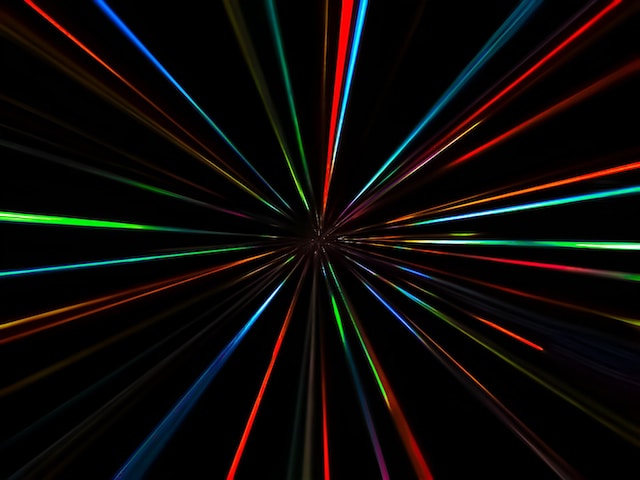

Femtosecond laser irradiation can create and functionalize new materials (image: Eugene Golovesov/Unsplash)
A paper by scientists from the Center for the Development of Functional Materials discusses the effects of femtosecond laser irradiation, which can create and functionalize new materials for the microelectronics industry.
A paper by scientists from the Center for the Development of Functional Materials discusses the effects of femtosecond laser irradiation, which can create and functionalize new materials for the microelectronics industry.

Femtosecond laser irradiation can create and functionalize new materials (image: Eugene Golovesov/Unsplash)
Agência FAPESP* – A Brazilian article signed by members of the Center for the Development of Functional Materials (CDMF) – a FAPESP Research, Innovation and Dissemination Center (RIDC) based at the Federal University of São Carlos (UFSCar) – was the most read article in the scientific journal Physchem in 2022.
Entitled “Formation of Metallic Ag on AgBr by Femtosecond Laser Irradiation”, the paper discusses the effects of femtosecond laser irradiation on silver bromide.
The femtosecond laser is a technology used in refractive surgery (to correct myopia, hyperopia and astigmatism), cataract, intrastromal rings and corneal transplantation. Femtosecond laser irradiation (FLI) has the ability to create and functionalize new materials by controlling their structural, electronic and optical properties.
The researchers used two different methods to analyze the effects of the laser: finite-temperature density functional theory (FT-DFT) and ab initio molecular dynamics (AIMD). The results showed that when the electronic temperature reaches 2.00 eV, the formation of metallic silver (Ag) clusters occurs, and when it reaches 5.00 eV, the formation of Br3− occurs.
In the conclusion of the article, the authors explain the importance of the experiment: “We hope that the results will contribute to the understanding and rationalization of the structural and electronic effects that FLI induces in materials and can be used as a model for the rational design of new functional materials and for application in the microelectronics industry.”
The paper is signed by Elson Longo, Miguel A. San-Miguel and Edison Z. da Silva. Luís Cabral, a postdoctoral student at the State University of Campinas (UNICAMP) and FAPESP scholarship holder, and Juan Andrés, from Jaume I University (Spain), also collaborated.
The article “Formation of Metallic Ag on AgBr by Femtosecond Laser Irradiation” can be read at: www.mdpi.com/2673-7167/2/2/13.
* With information from CDMF, a FAPESP Research, Innovation and Dissemination Center.
Republish
The Agency FAPESP licenses news via Creative Commons (CC-BY-NC-ND) so that they can be republished free of charge and in a simple way by other digital or printed vehicles. Agência FAPESP must be credited as the source of the content being republished and the name of the reporter (if any) must be attributed. Using the HMTL button below allows compliance with these rules, detailed in Digital Republishing Policy FAPESP.





